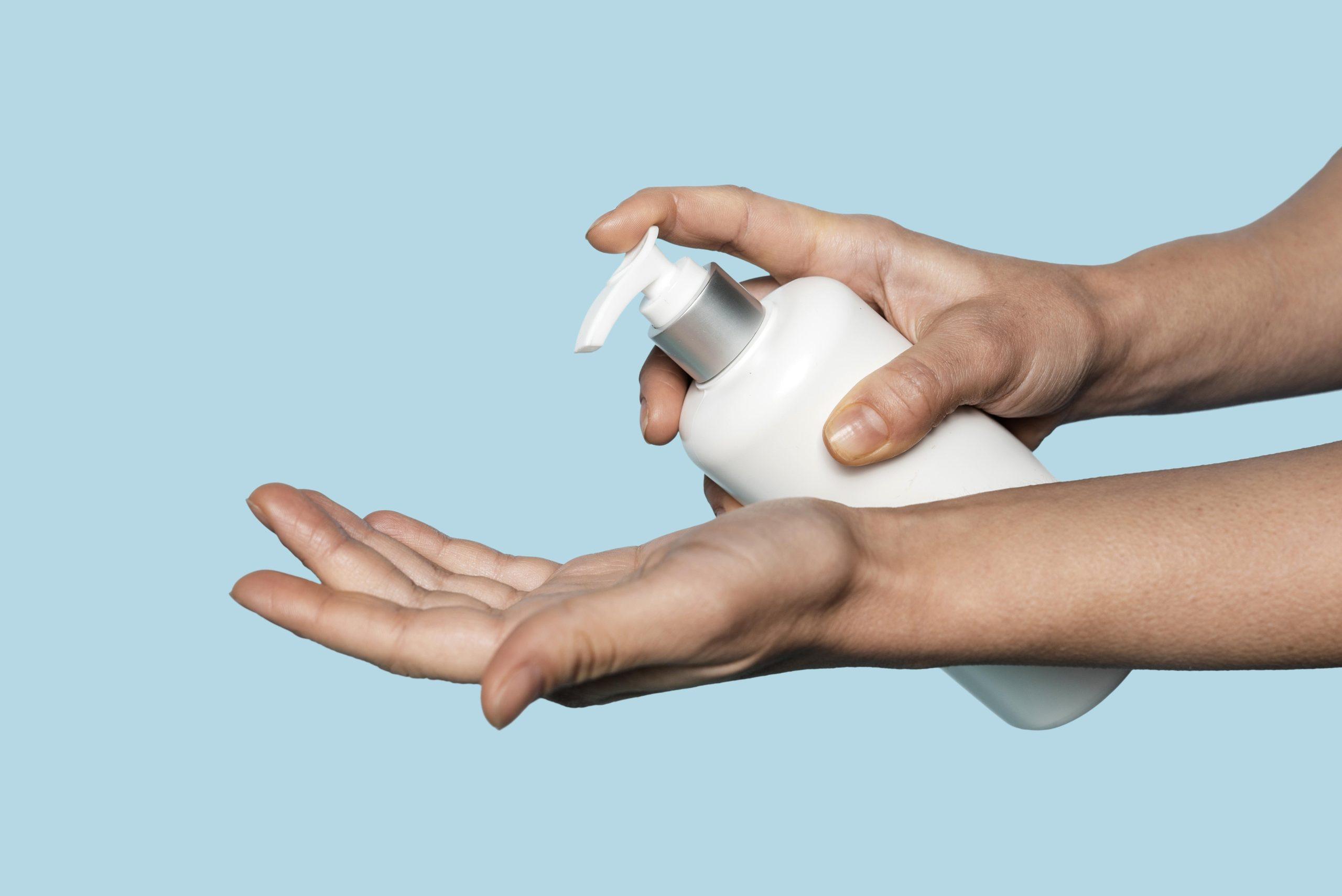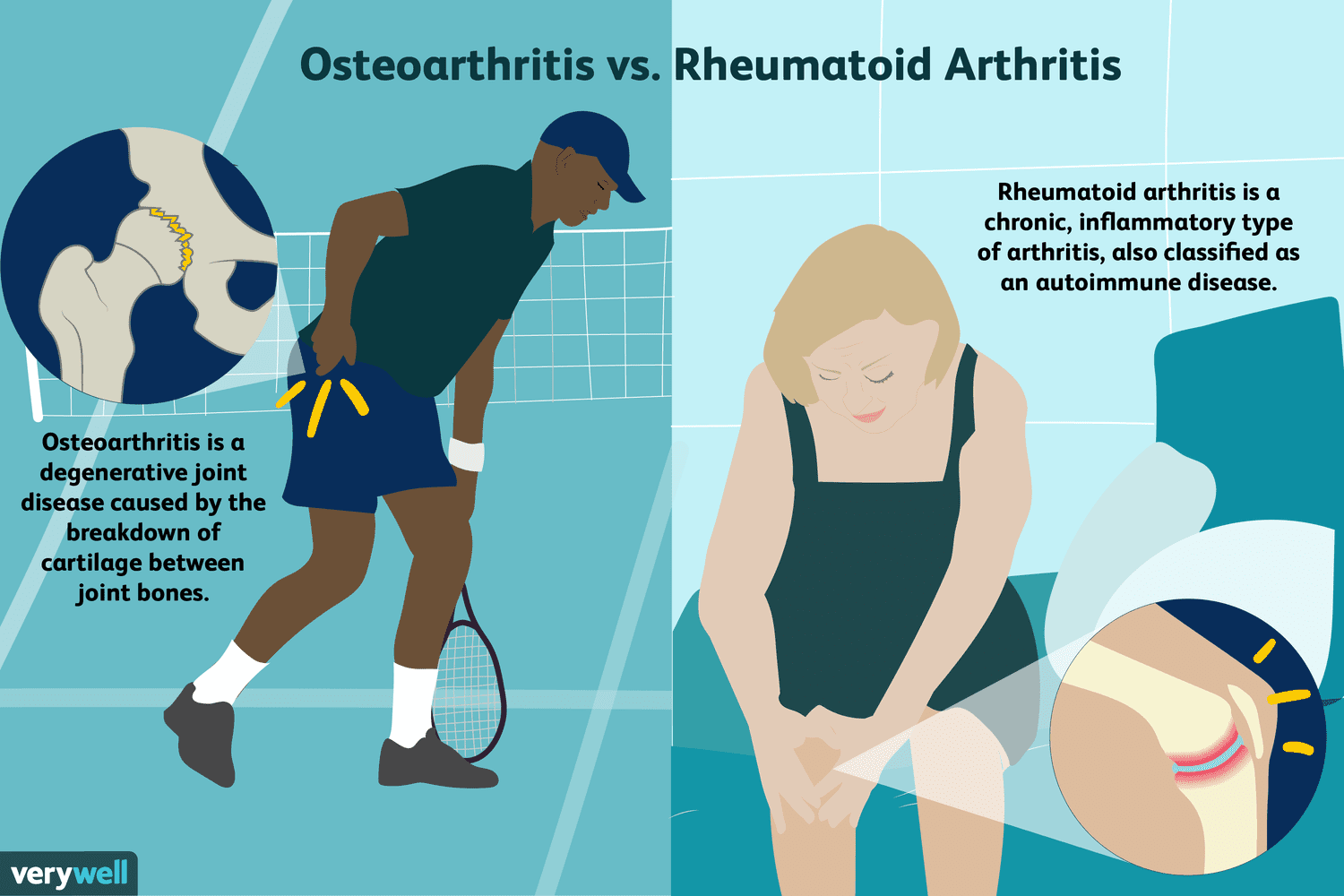Welcome to the comprehensive guide to sports flooring, where we dive deep into the essential aspects of this critical component for athletes and facility owners alike. From the type of flooring best suited for different sports to the importance of proper installation and maintenance, this article aims to provide valuable insights for anyone involved in sports and recreational facilities.
Sports Flooring: The Foundation of Athletic Performance
Sports flooring forms the cornerstone of any athletic facility, providing the necessary surface for various activities. Whether it’s basketball, volleyball, or indoor soccer, the type of flooring can significantly impact performance and safety.
Understanding the Importance of Sports Flooring
When it comes to sports performance, every detail matters. From the shoes athletes wear to the surface they play on, each element contributes to their ability to perform optimally. Sports flooring plays a crucial role in this equation, offering the stability, traction, and shock absorption necessary to prevent injuries and enhance performance.
The Evolution of Sports Flooring: From Hardwood to Synthetic Surfaces
Over the years, sports flooring has evolved significantly, adapting to the changing needs and preferences of athletes and facility owners. From traditional hardwood courts to modern synthetic surfaces, the options available today cater to a wide range of sports and environments.
Hardwood Flooring: A Classic Choice with Timeless Appeal
Hardwood flooring has long been synonymous with indoor sports like basketball and volleyball. Renowned for its durability and aesthetic appeal, hardwood courts exude a sense of tradition and sophistication. However, maintaining hardwood floors requires regular refinishing and upkeep, making them a high-maintenance option for some facility owners.
Types of Sports Flooring: Choosing the Right Surface for Your Needs
Selecting the appropriate sports flooring is crucial for ensuring optimal performance, safety, and longevity. With various options available in the market, understanding the characteristics and benefits of each type is essential for making an informed decision.
Synthetic Flooring: Versatility Meets Durability
Synthetic flooring has gained popularity in recent years due to its versatility and low maintenance requirements. Ideal for multi-purpose facilities and high-traffic areas, synthetic surfaces offer excellent durability and shock absorption properties. Additionally, they can be customized to meet specific performance and design preferences, making them a versatile choice for various sports and activities.
Factors to Consider When Choosing Sports Flooring
Several factors come into play when selecting the right sports flooring for a facility. From budget constraints to performance requirements, considering these factors can help facility owners make the best possible decision for their specific needs.
Performance Requirements: Balancing Grip and Impact Absorption
The performance requirements of a sports flooring system depend largely on the type of activities it will accommodate. For high-impact sports like basketball and volleyball, shock absorption and traction are paramount to prevent injuries and enhance performance. On the other hand, sports like tennis and indoor soccer may require surfaces with different characteristics to optimize gameplay.
Installation and Maintenance: Ensuring Longevity and Performance
Proper installation and maintenance are critical aspects of sports flooring management, impacting both its lifespan and performance. Whether it’s a newly constructed facility or an existing one undergoing renovations, following best practices for installation and upkeep is essential for maximizing the return on investment.
Installation Considerations: Precision and Expertise
The installation of sports flooring requires precision and expertise to ensure a seamless finish and optimal performance. From subfloor preparation to adhesive application, every step of the installation process plays a crucial role in the overall quality and durability of the flooring system.
FAQs (Frequently Asked Questions)
How do I choose the right sports flooring for my facility?
Choosing the right sports flooring depends on various factors, including the type of sports and activities conducted, budget constraints, and performance requirements. Conducting a thorough assessment of your facility’s needs and consulting with flooring experts can help you make an informed decision.
What is the lifespan of sports flooring?
The lifespan of sports flooring depends on several factors, including the type of material used, frequency of use, and maintenance practices. On average, high-quality sports flooring can last anywhere from 10 to 20 years with proper care and maintenance.
Is synthetic flooring suitable for all sports?
Synthetic flooring is highly versatile and can accommodate a wide range of sports and activities. However, certain sports may have specific requirements that necessitate alternative flooring options. Consulting with flooring experts can help determine the best solution for your facility’s needs.
How often should sports flooring be maintained?
Sports flooring should be maintained regularly to ensure optimal performance and longevity. Depending on the type of flooring and usage intensity, maintenance tasks may include cleaning, refinishing, and repairs. Establishing a comprehensive maintenance schedule and adhering to manufacturer recommendations can help prolong the lifespan of the flooring.
Can sports flooring be recycled?
Yes, many types of sports flooring can be recycled at the end of their lifespan, contributing to sustainability efforts in the industry. Recycled materials can be used to manufacture new flooring products or other recycled goods, reducing the environmental impact of sports facility management.
What are the benefits of investing in high-quality sports flooring?
Investing in high-quality sports flooring offers several benefits, including improved performance, enhanced safety, and long-term cost savings. By providing athletes with a stable and supportive surface to train and compete on, high-quality flooring can help prevent injuries and optimize gameplay, ultimately leading to better overall experiences for athletes and facility users.
Conclusion
In conclusion, sports flooring plays a crucial role in supporting athletic performance and ensuring the safety of athletes and facility users. By understanding the various types of sports flooring available, considering key factors in the decision-making process, and prioritizing proper installation and maintenance, facility owners can create optimal environments for sports and recreational activities. Whether it’s a hardwood basketball court or a synthetic turf field, investing in high-quality sports flooring is essential for maximizing the potential of any athletic facility.






